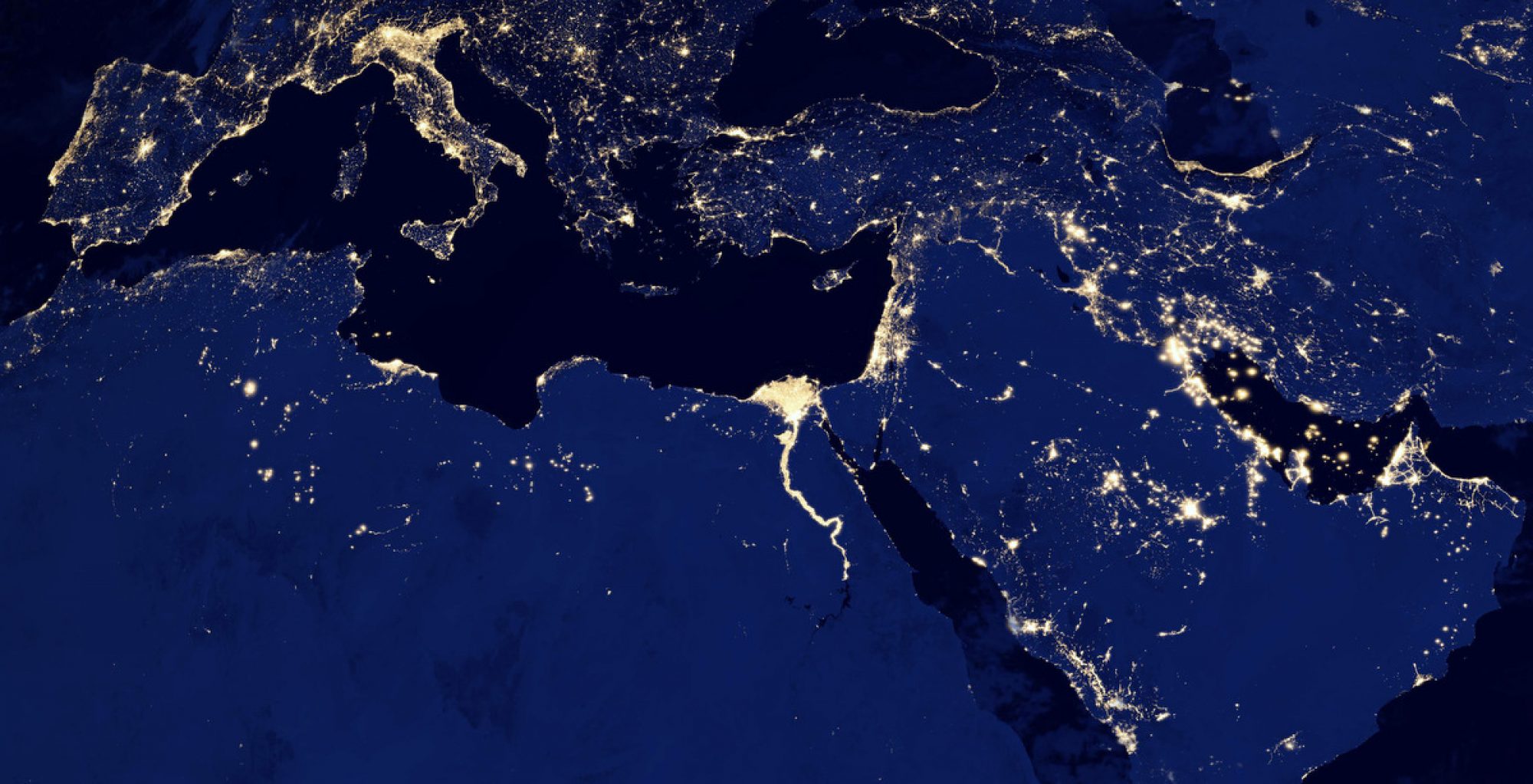Where did the oldest patriarch of E-V22 live?
E-V22 is a split of from E-Z1919. When did it split of from E-Z1919?
Yfull: 95%, 8900-7400 YBP rounded 8200 YBP.
But where did this split of occur about 8000 years ago? Where lived the man with the first mutation from E-Z1919 to E-V22? Our clue is that we must go to the Southern Levant.
Wiki:
Rise of Mobile Pastoralism
Just at time (8000 YBP) happened what Steven Rose (2016) called: “Revolutions in the Desert: The Rise of Mobile Pastoralism in the Southern Levant.” Or what Yuris Zarins (1990) calls the Syro-Arabian pastoral technocomplex (goat herding), which saw the spread of the first Nomadic pastoralists in the Southern Levant.
Steven Rose (2016):
“In summary, domestic goats and sheep were assimilated into hunter-gatherer systems in the period ca. 9000–8000 YBP; this seemingly revolutionary change in subsistence seems to have effected only gradual change in other aspects of desert society, in fact crystallizing only in the two millennia from 8000–6000 YBP. The ultimate potentials of domestic herds for intensification of production seem not to have been exploited for millennia, dependent on the social changes, the social tools, required to truly adapt to a changed subsistence system, in essence a higher trophic level of exploitation. Returning to the issues reviewed in the introductory section of this chapter, if at some level the introduction of domestic herd animals into the desert system acted as a trigger, that trigger was effective as such only in a much larger social and ecological context. There is no single prime mover here, but rather a set of circumstances and interrelated processes operating in concert.”
From sedentary to pastoralism
Therefore we zoom into a place called Ain Gazal- nowadays Jordan- where this proces took perfectly place. These are the time periods:
*Middle Pre-Pottery Neolithic B (or middle PPNB), 9250 – 8500 YBP
*Late Pre-Pottery Neolithic B (or late PPNB), 8500 – 8000 YBP.
*Pre-Pottery Neolithic C (or PPNC), 8000 – 7500 YBP
*Ceramic Neolithic (or PN), 7500 – 7000 YBP.
Between the middle and late PPNB (c. 8500 YBP) there were problems in the Levant. People left their villages in Israel and the Jordanian valley and sought refuge elsewhere: in the Jordanian plateau and partly in ‘Ain Ghazal. There was a population explosion here. Around 8000 YBP 2500 people lived there. The social and economic organization changed. ‘Ain Ghazal was no longer a small village.
However, problems soon arose. The land around ‘Ain Ghazal became exhausted from centuries of use during the late PPNB. Already in the late PPNB (ca. 8500 YBP), diversity in the animal world declined sharply. Hunting was almost impossible anymore. During the PPNC, people compensated for this by increasing livestock farming. Sheep, goats, pigs and later even aurochs (which remained wild for a long time).
In the PPNC (c. 7800 YBP), the population fell sharply to perhaps less than 500 (Köhler-Rollefson 1992). During the PN, agriculture and livestock farming collapsed. The latest finds are those of sheep and goat herders, who only pitched their round tents here in certain seasons because of the water of the river and the spring.
Steven Rose (2016): Schematic map of PPNB subsistence geography after introduction of domestic goats into settled zone with models of upland-lowland mobility.
There was also a new type of house in the PPNC, with partial subsoils, which was only inhabited during some seasons. In the other seasons the inhabitants were herding sheep and goats. In the PN, this separation between the residents (permanent or part-time) was completed.(wiki).
‘Ain Ghazal found:
From E-Z1919 to E-V22
A change from a sedentary lifestyle to a pastoral lifestyle caused – because of a nomadic spread – geneflow and genetic drift. Due to Lazaridis et al. 2016 we have the availability of Pre-Pottery Neolithic farmers samples from ‘Ain Ghazal and Motza in the southern Levant (10300–8700 YBP). Y-DNA haplogroup E1b1b1b2 has been found in 75% of the ʿAin Ghazal population, along with 60% of PPNB populations (and is present in all three stages of PPNB). In 2024 is this in
It’s likely that in the shift in Southern Levant society towards pastoralism ‘in fact crystallizing only in the two millennia from 8000–6000 YBP’ was also the period ‘Yfull: 95%, 8900-7400 YBP rounded 8200 YBP’ in which the E-V22 split of from E-Z1919 took place. We see in this period 8000-6000 YBP an explosion in E-V22 subclades.
Wim Penninx: ‘The population jumps of E-V22 are the oldest large population jump. If we look into details, it appears that we have two population jumps fairly close together: E-CTS567 (8300 ybp) and E-L1250 (7800 ybp) with a distance of 10 SNPs, of which 5 are in the yfull defined CombBED region. This means that the time difference between the two has some uncertain ranging from 500-800 years. Both population jumps have many descending lines. ‘




